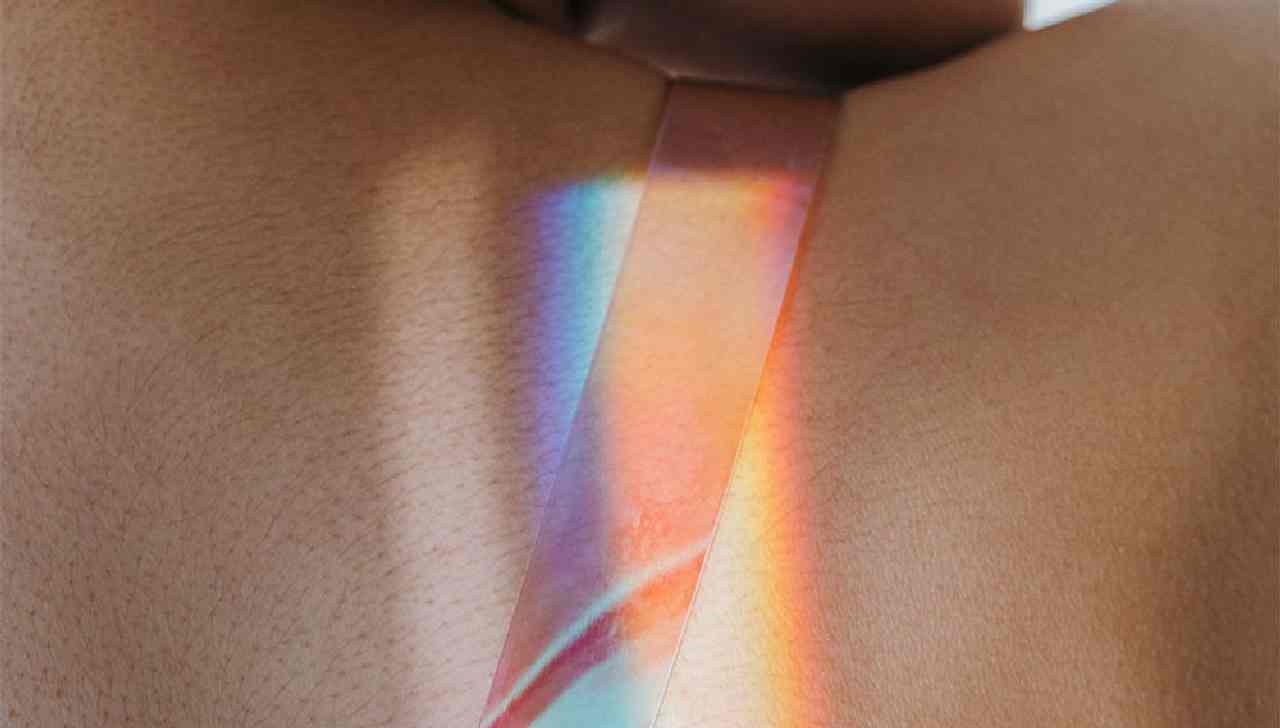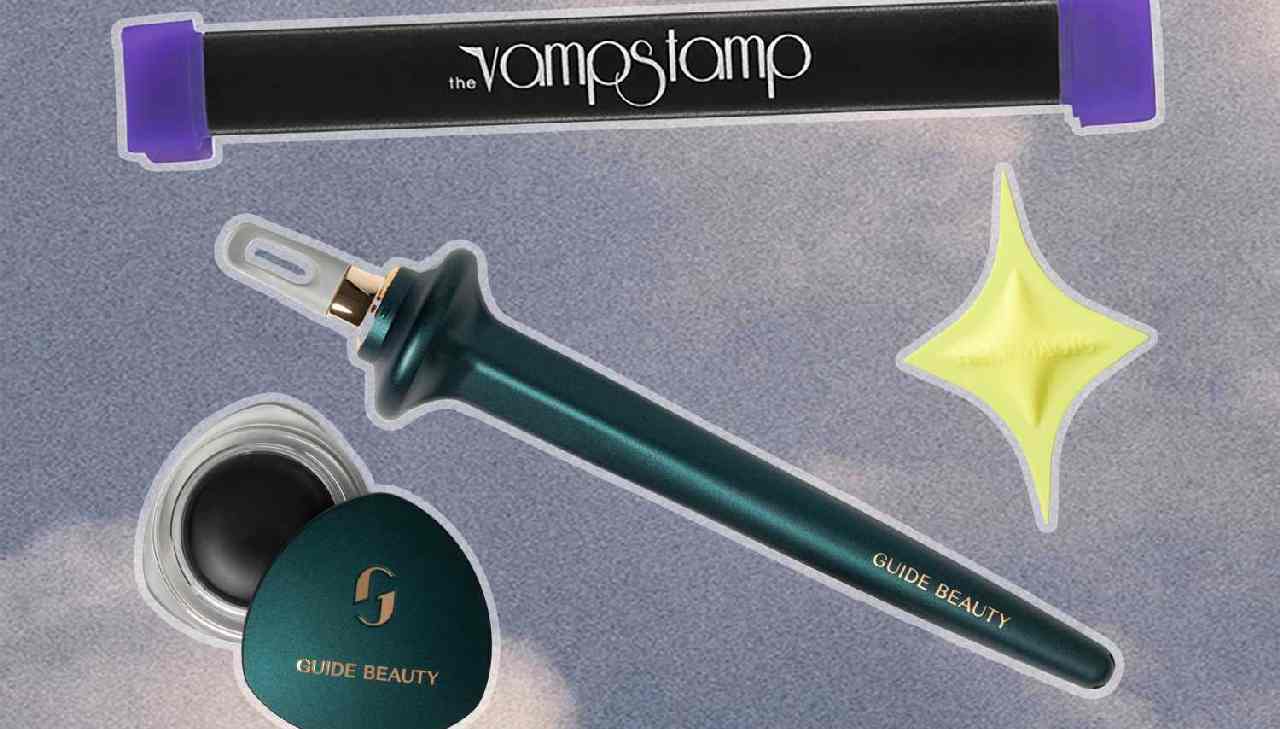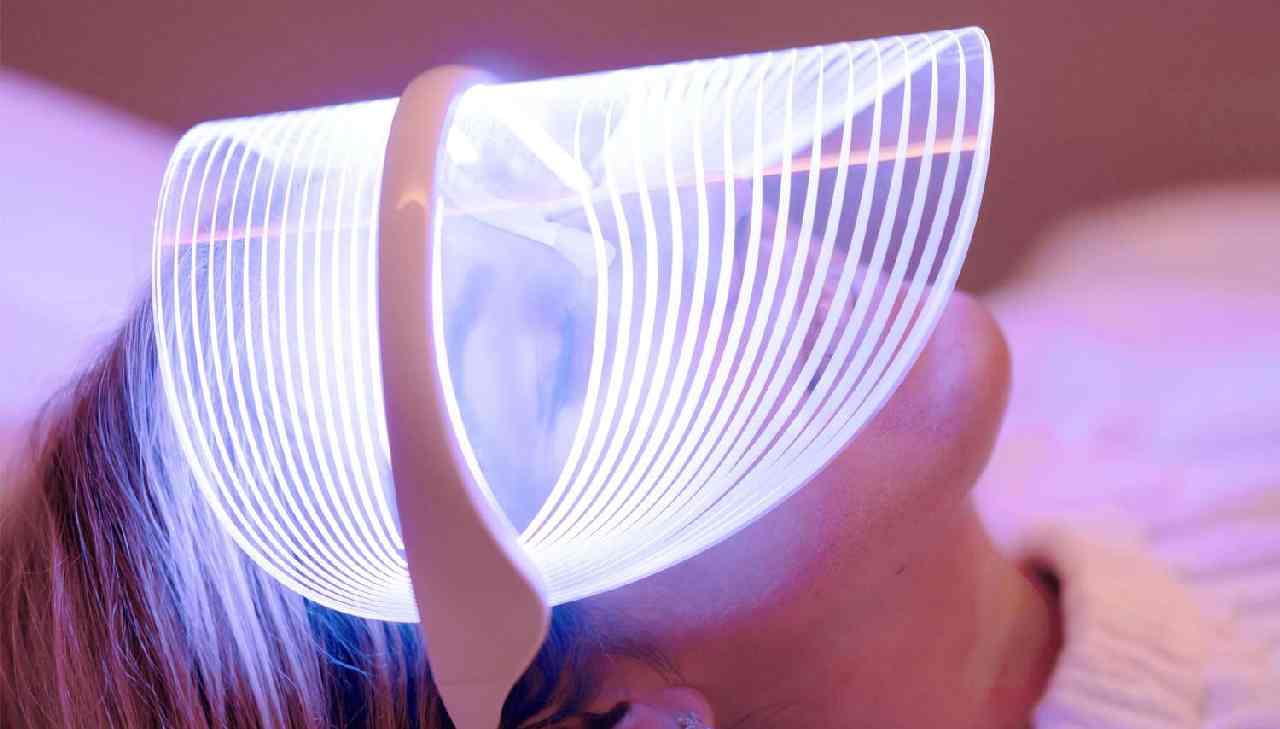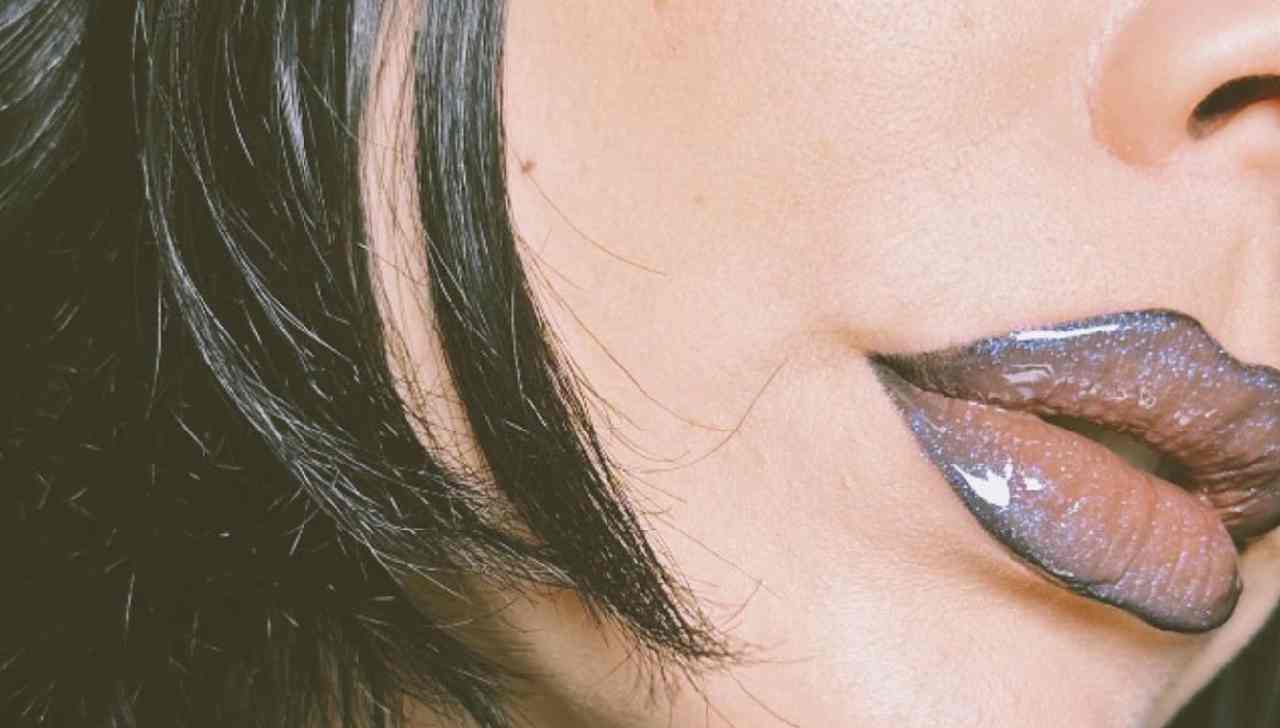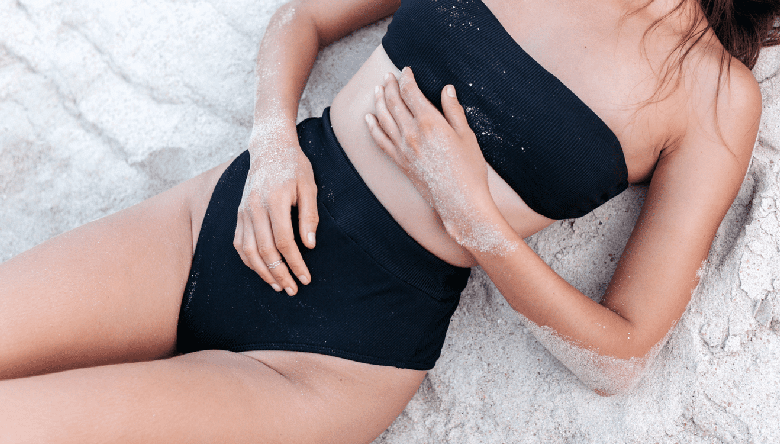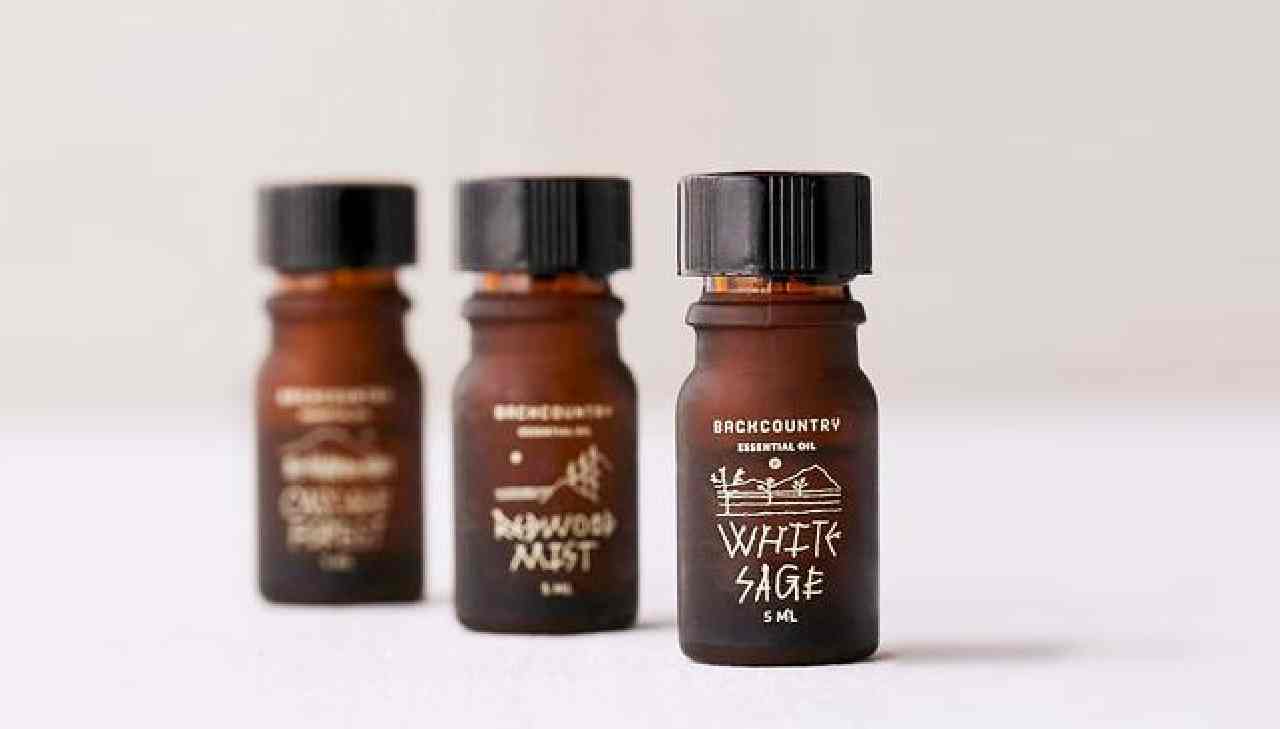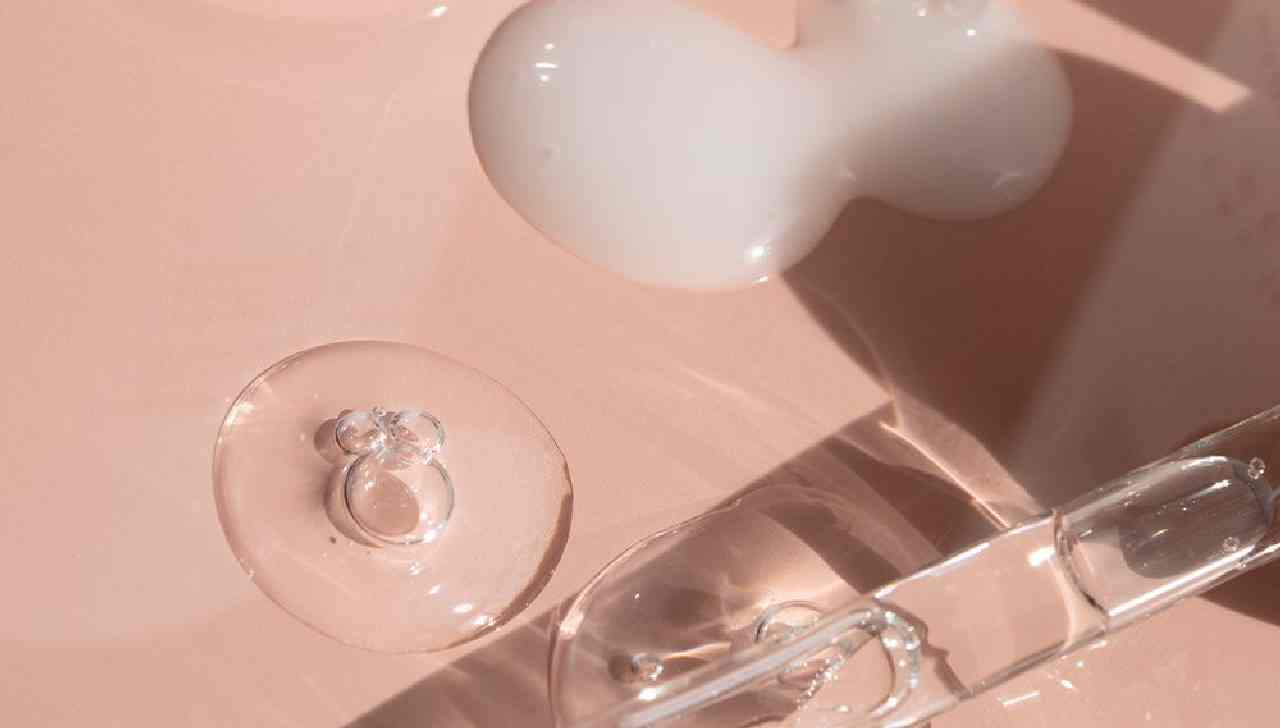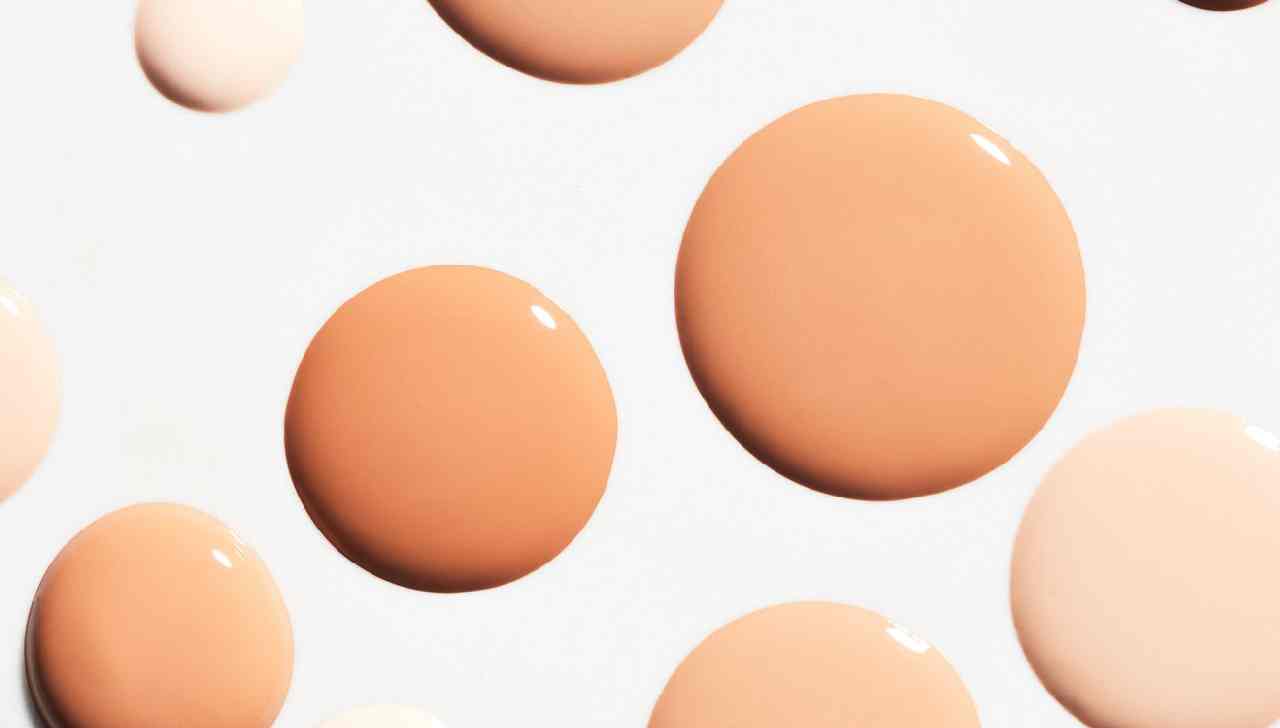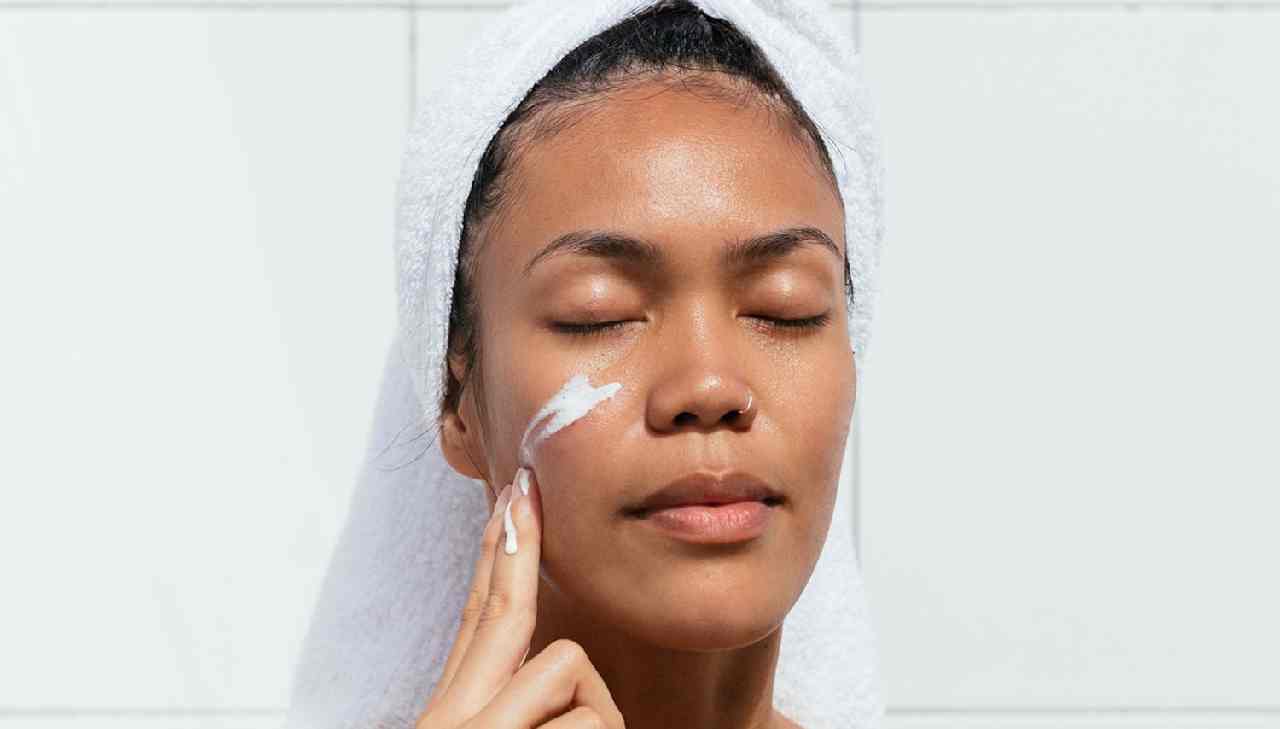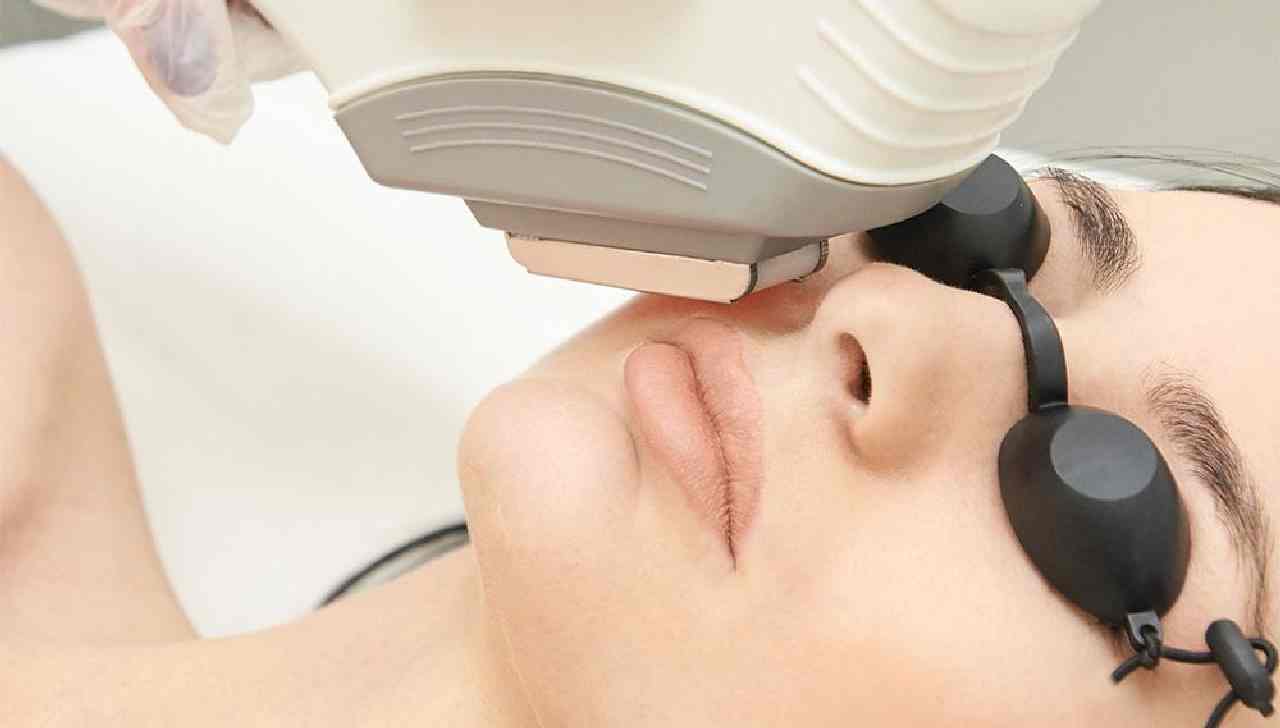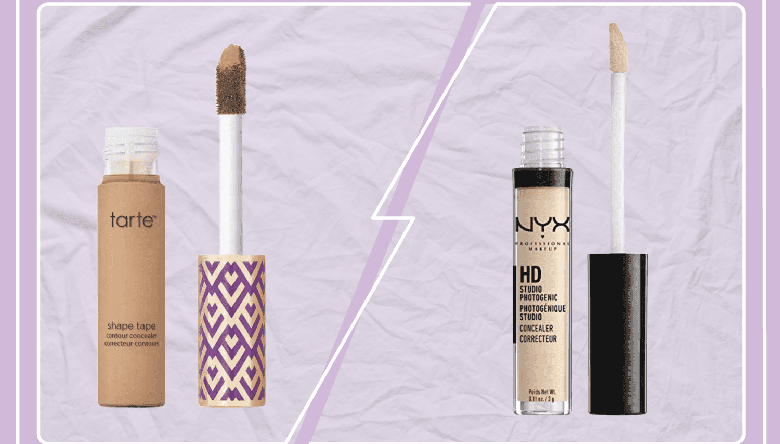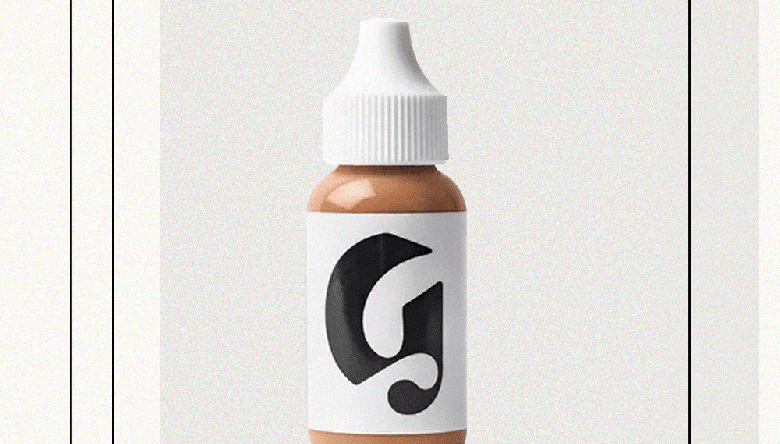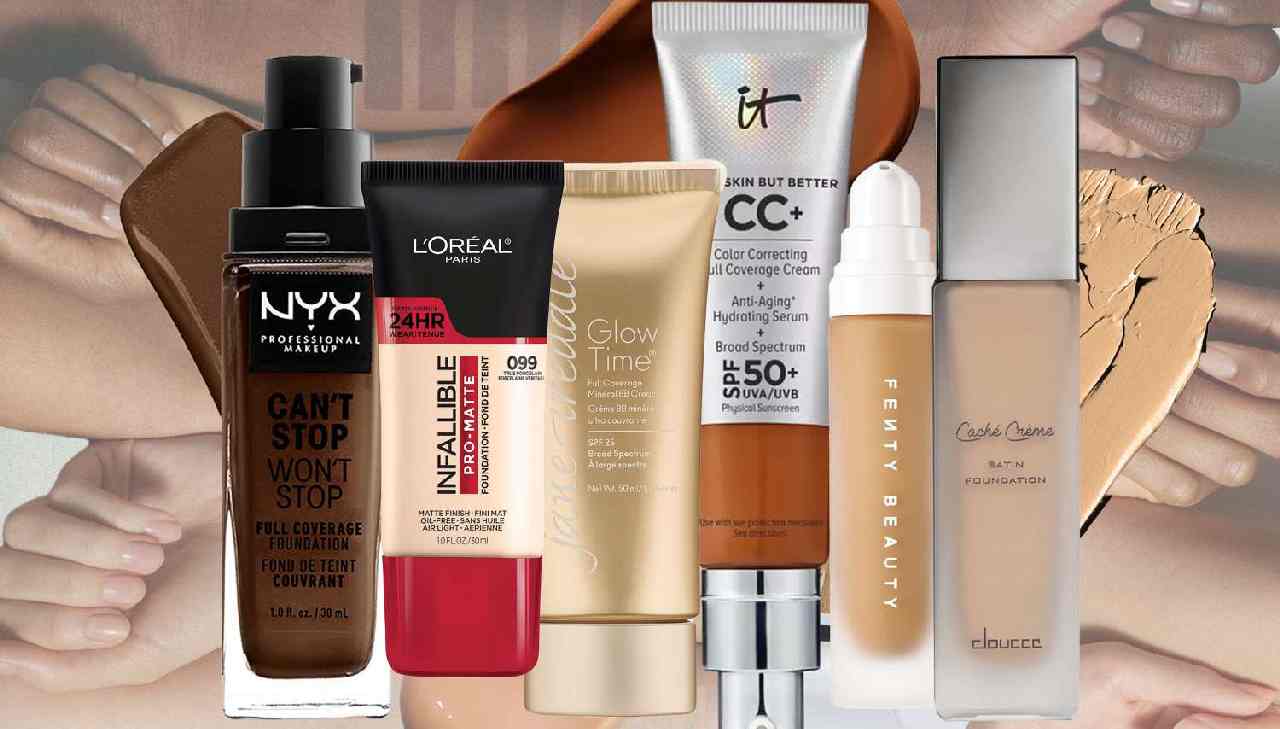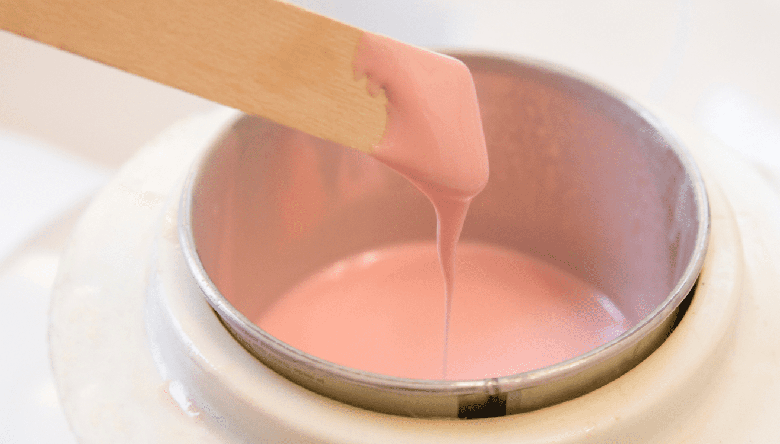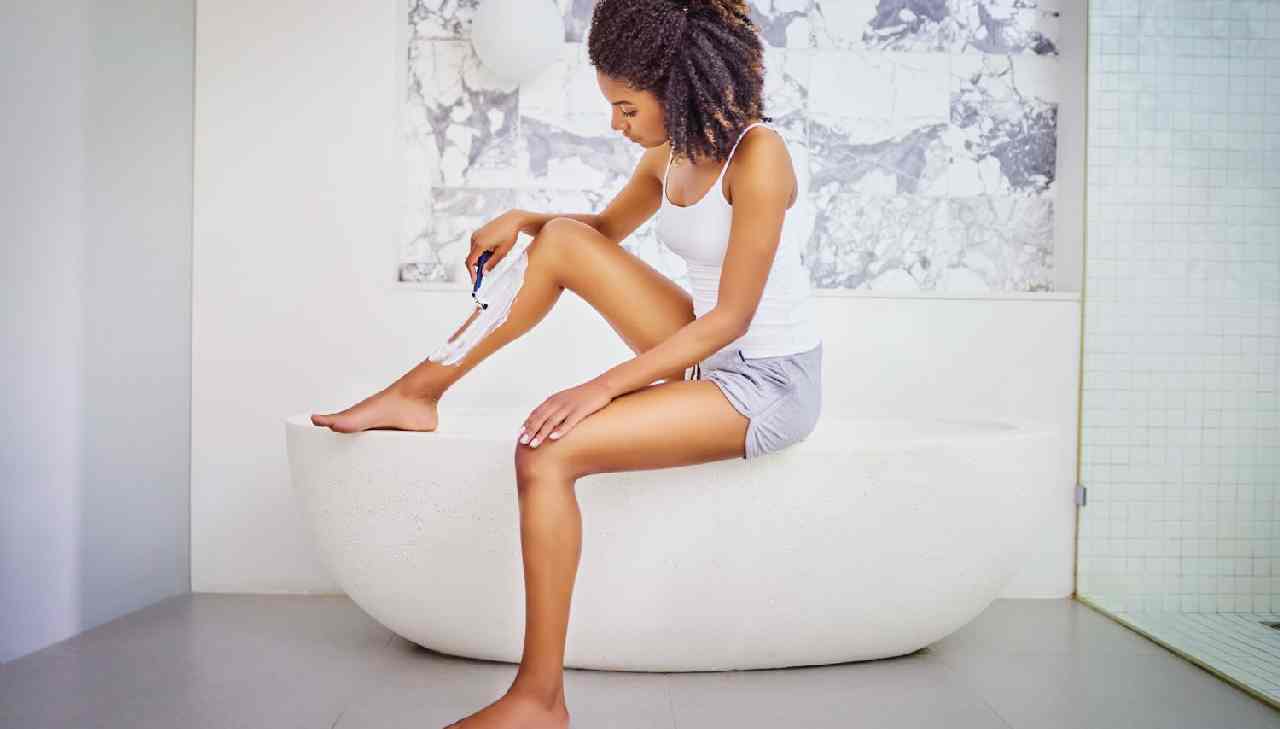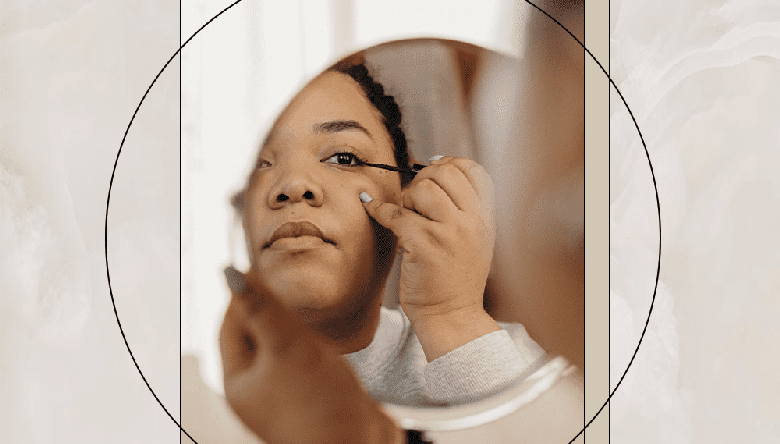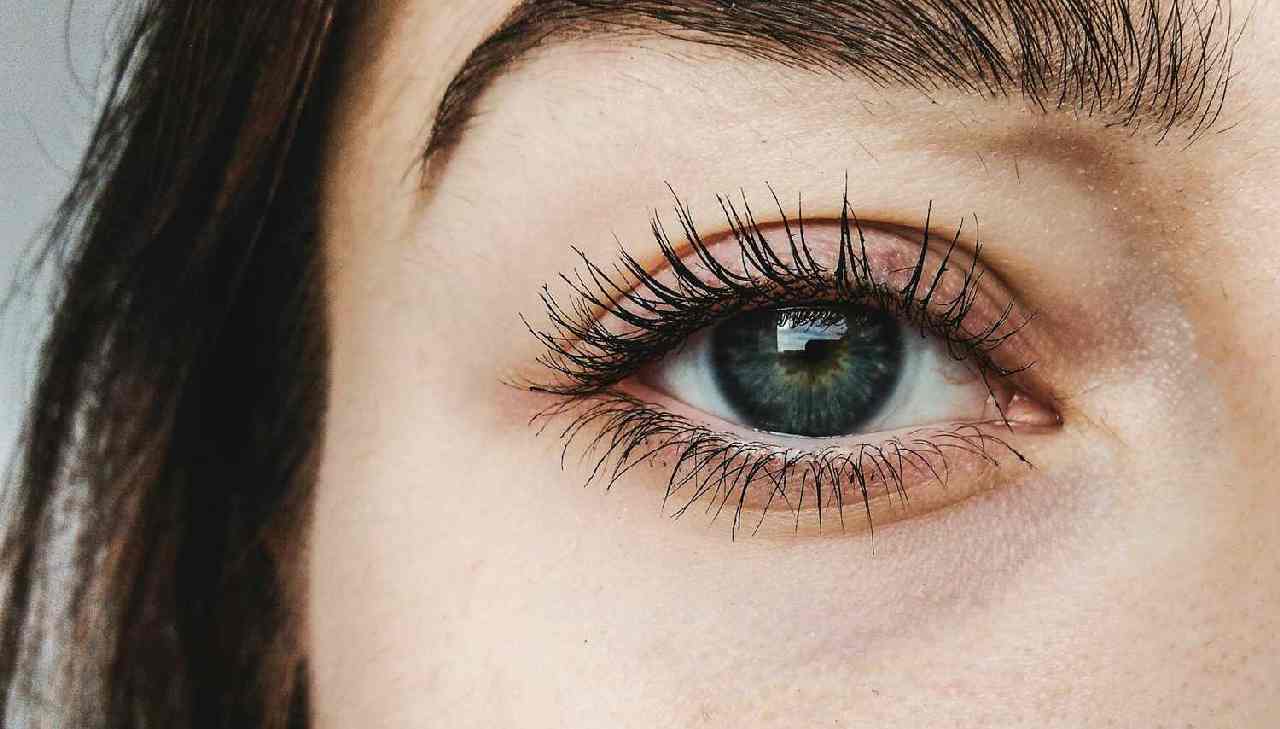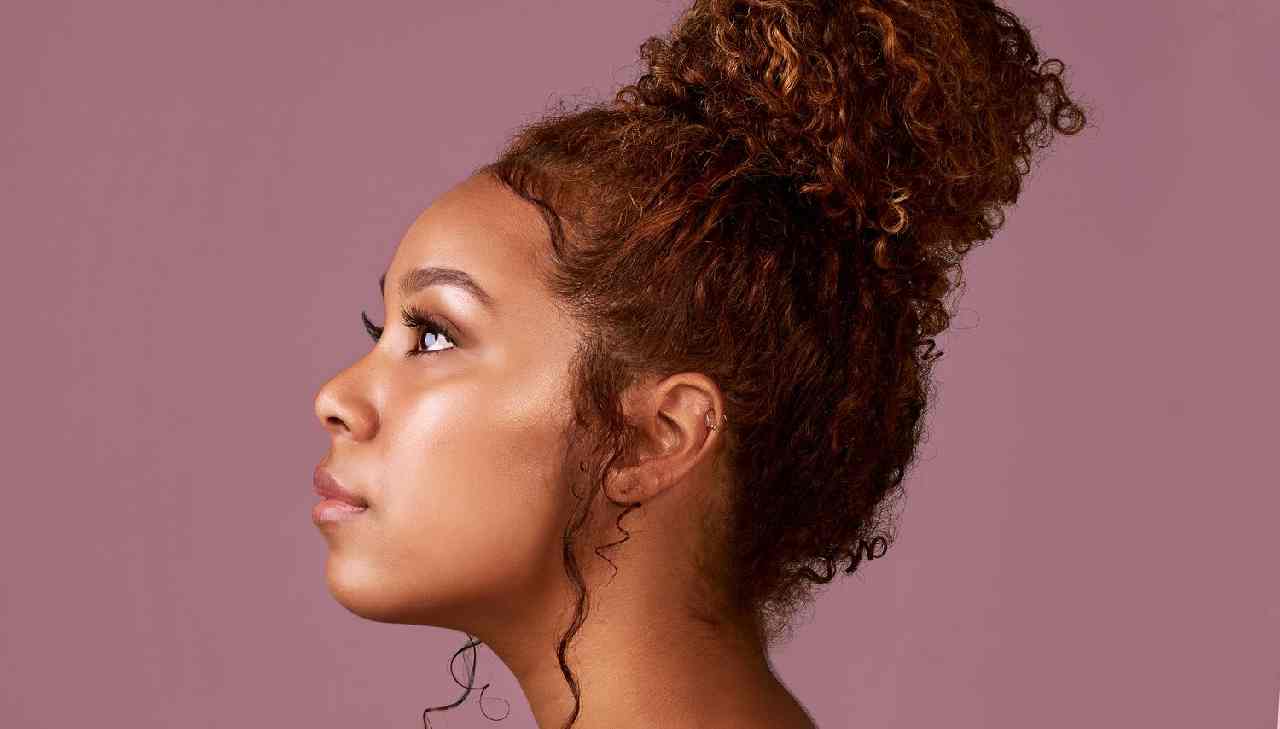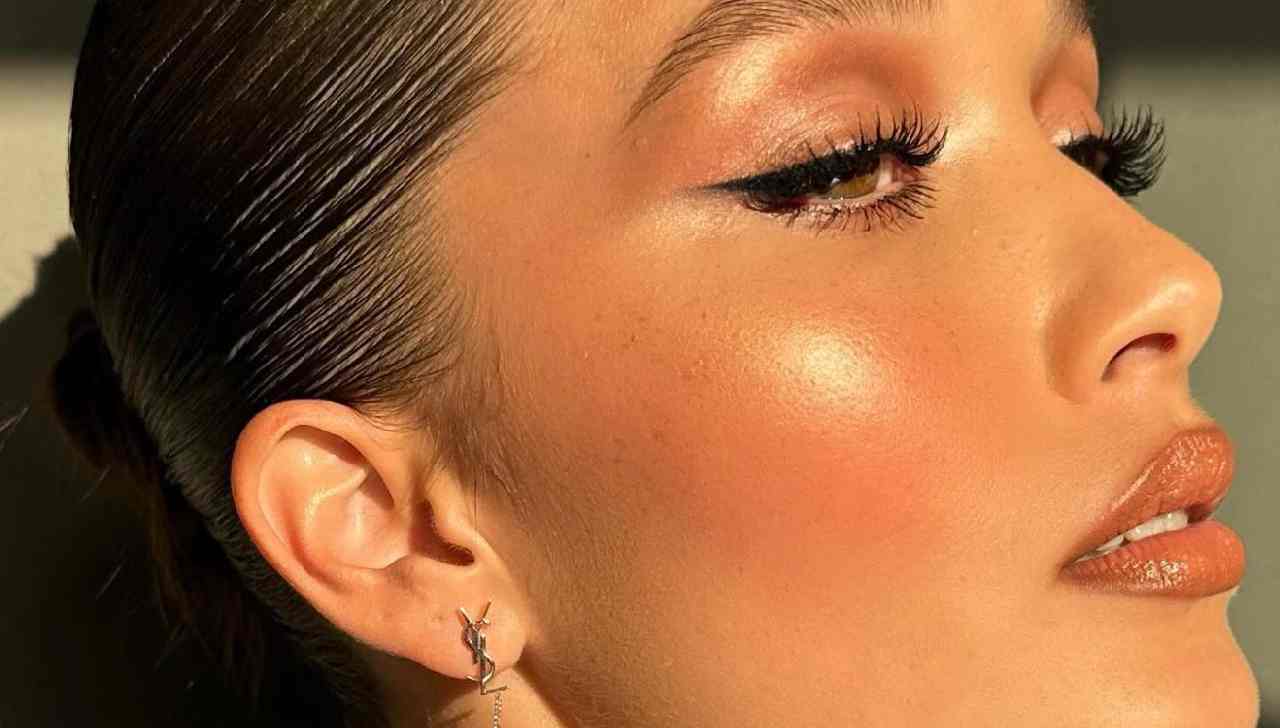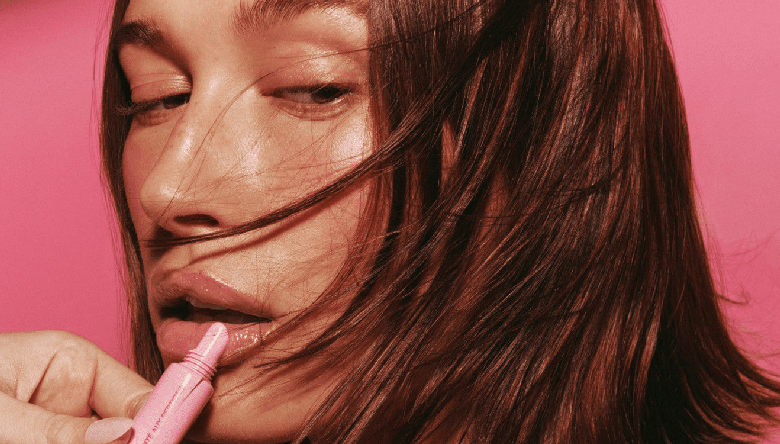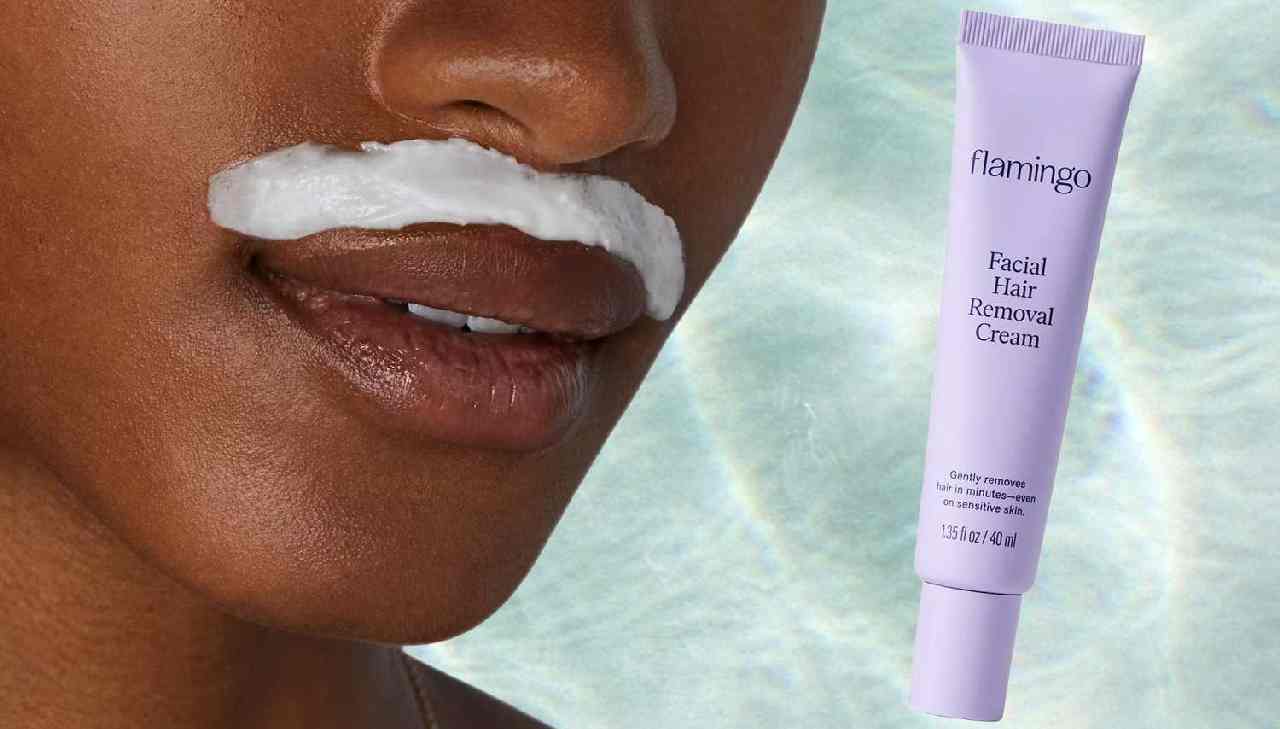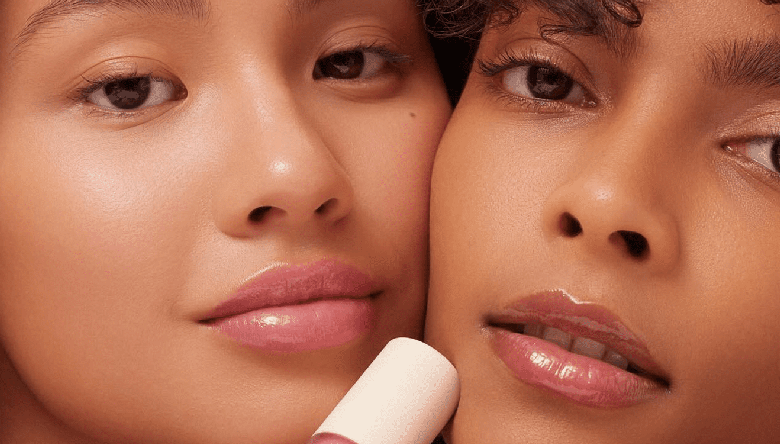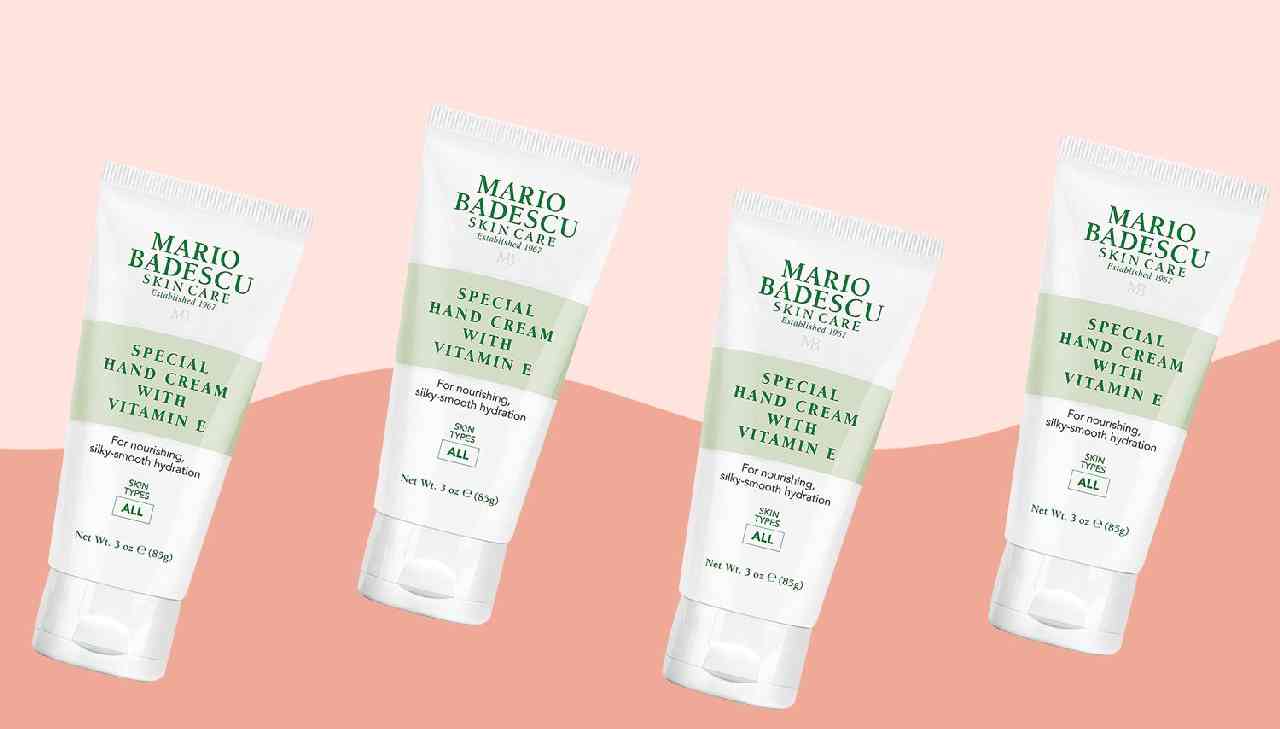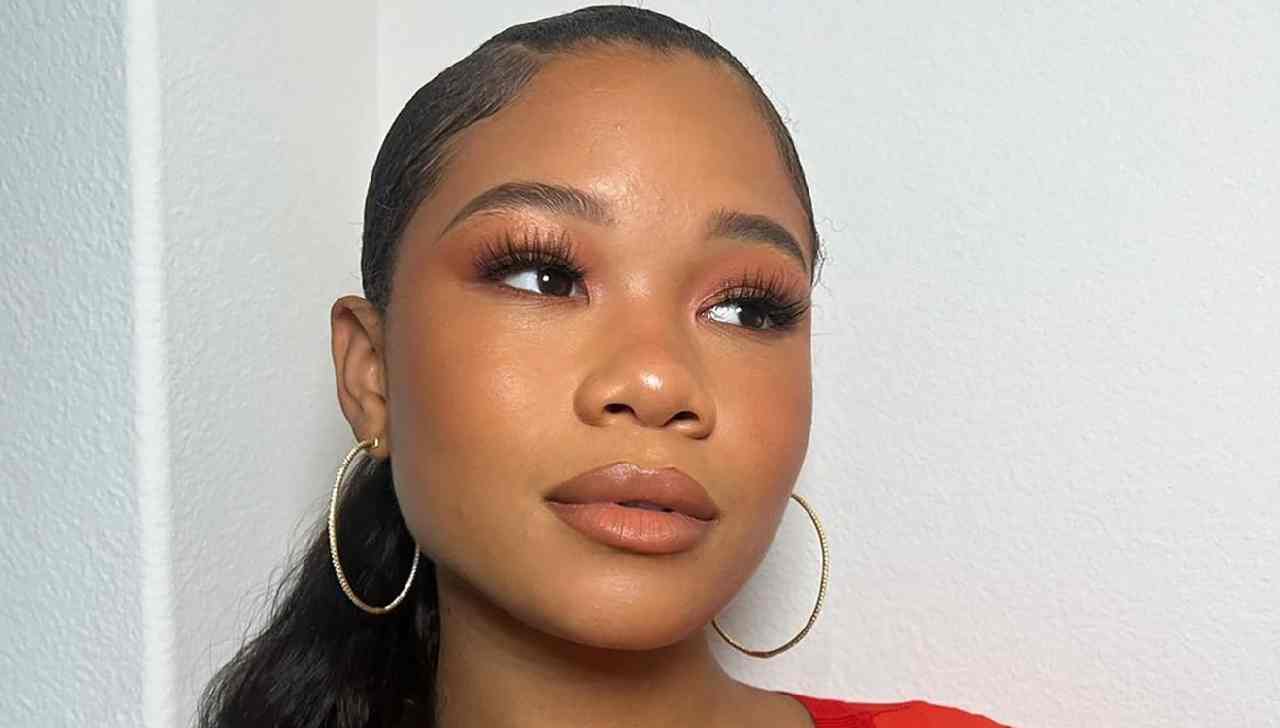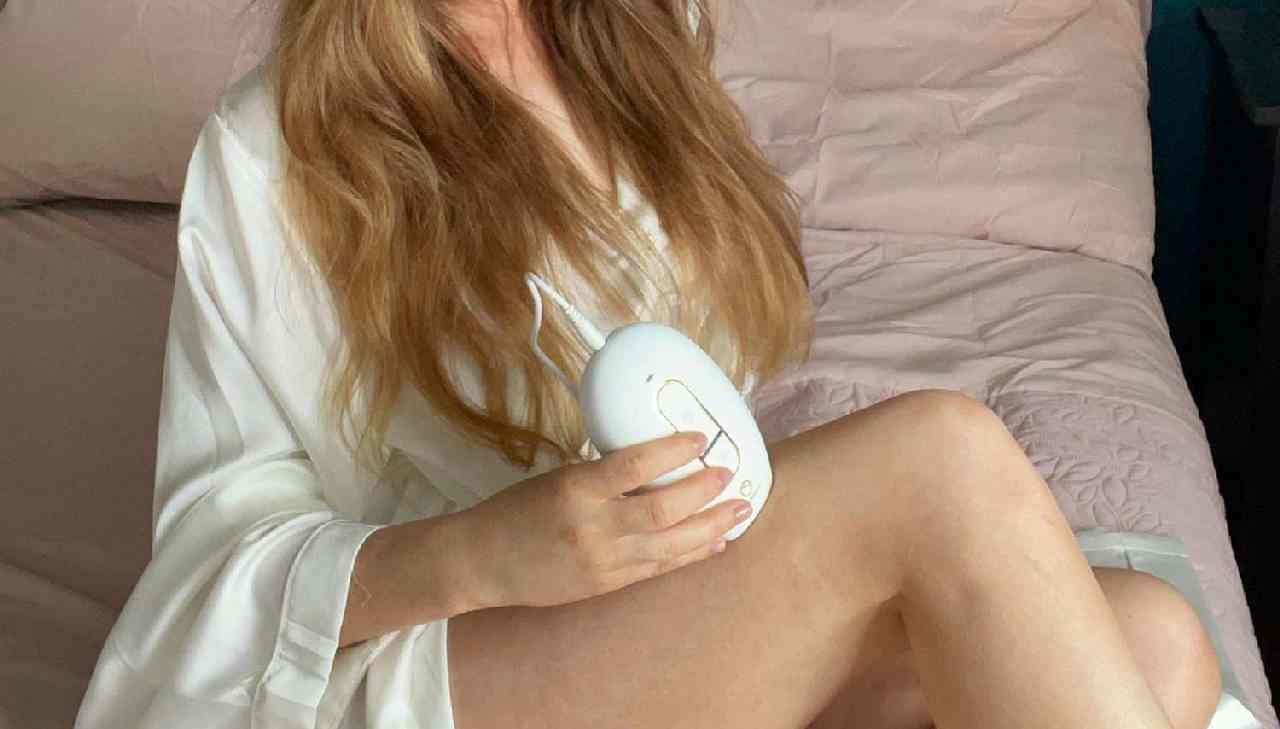How to Apply Powder Foundation Like a Pro MUA (According to a Pro MUA)

When searching for the right foundation formula—be it powder, cream, or liquid—there are a few things to consider before making your purchase. While liquid foundations have dominated the shelves for decades, there is so much to love and learn about powder foundations, particularly for those with certain skin types or preferred finishes.
Ahead, we explain everything you need to know about powder foundation—from its benefits to application techniques—and get some expert tips from pro makeup artist Carolina Dalí. It’s possible you might become a powder foundation convert after reading.
Meet the Expert
Carolina Dalí is a celebrity makeup artist. Her clients include Hunter Schafer, Constance Wu, and Natalia Dyer.
What Is Powder Foundation?
Powder foundation is exactly what it sounds like: A foundation that is available in a powder versus a liquid formula. Powder foundations, like this one from Maybelline, come in compacts as well as in loose powder form and typically have a matte finish. They tend to offer light to medium coverage, and the powder is finely milled to apply as smoothly as possible.
If you’re concerned that a powder formulation won’t provide as much pigment as liquid, don’t be—powder foundations are highly pigmented and can offer just as much coverage and color as liquid formulas. Powder foundations also come in cream-to-powder formulas, which start as a light cream texture and dry completely matte once blended on the skin.
Shop The Look
-
:max_bytes(150000):strip_icc()/macpowder-7a48c97ee0f94f9c81a6553012caa984.jpg)
MAC Cosmetics
-
:max_bytes(150000):strip_icc()/9740efc52557069ddd687a5488210114-15b3e7abf4754bef996a914dbc763a4f-a9d38caf805142d2bc00079a53933dc6.jpg)
BareMinerals
-
:max_bytes(150000):strip_icc()/3201182-661cae5e3b01465db491cc7d200ef204-2f22c24ced3a4fd7a02b67de4609b6b0.jpg)
Chanel Beauty
How Does Powder Foundation Compare to Liquid Foundation?
Seeing as there are definite differences between liquid and powder formulas in foundations, it’s good to know how they compare to each other so you can make a decision on which you’ll want to wear.
While most liquid foundations are buildable and offer full coverage, powder foundations typically tend to offer less coverage than their liquid counterparts, making them ideal for those looking for a natural finish that doesn’t look (or feel) heavy.
It’s important to look at the ingredients of your foundations so you can get an idea of what you’re working with. For example, a liquid foundation will typically be water-, oil-, or silicone-based, while powder foundations contain minerals and talc. Powder foundation can give sheer coverage, help cut shine for oily skin, and is easy to bring on the go for touch-ups. Liquid foundations can offer fuller coverage and a more radiant, dewy finish (although many liquid formulas offer matte coverage) and come in various formulas from sheer, light tints to fuller coverage options.
Who Should Use Powder Foundation?
When deciding if powder foundation is the best formula for you, the first thing you’ll want to take into consideration is your skin type. “Powder foundation is ideal for oily to combination skin types,” Dalí notes, as powder helps to control shine and provides a matte finish. Powder foundation is also ideal for anyone who wants to wear matte makeup but desires a light finish that feels breathable on the skin. If you are acne-prone or have sensitive skin, powder foundation is also a great choice as it comes in many non-comedogenic formulas that won’t clog your pores.
How to Apply Powder Foundation
Application techniques can make all the difference when applying powder foundation. Read on for best practices and tips to ensure the process is as easy as it can be.
With a Sponge
- If you want your powder foundation to last throughout the day, Dalí insists that you must start with hydrated skin. “Be sure to properly moisturize your skin first,” she says. “Powder-based products adhere best to skin that’s hydrated.”
- Once your moisturizer has settled, you can use a flat sponge to press and roll the powder foundation into areas such as around the nose and mouth.
- Moving on to the rest of your face, lightly press the sponge into the skin and roll it with your fingers to ensure an even application of powder.
Byrdie Tip
Tapered and egg-shaped sponges are ideal for applying and blending powder foundation under the eyes and for touch-ups. Dalí’s favorite sponges are Serge Lutens’ The Blenders Pro ($55).
Be sure to wash your sponges regularly to maintain cleanliness and to keep bacteria from settling in.
With a Brush
- Dalí recommends concealer before powder for those looking to cover up specific areas. “On moisturized skin, apply concealer and blend it well on blemishes and veins,” she advises.
- “For a natural and seamless finish, apply the powder foundation using a medium-sized powder brush, blending and targeting the areas that need coverage,” Dalí says. She recommends Westman Atelier’s Powder Brush ($85) because it allows you to blend powder easily on the face and gets into the harder-to-reach areas.
- If you prefer fuller coverage when wearing powder foundation, Dalí recommends lightly misting your powder brush. (Emphasis on the lightly—you don’t want to get your powder foundation too wet.) “If you prefer full coverage: moisturize, conceal, lightly spray the brush with a hydrating mist, dip it in the powder foundation, and apply until you have the desired coverage,” she says. “Once you’ve achieved your desired coverage, give your skin a few minutes to warm up the complexion and see the final results.”
The Final Takeaway
Powder foundation can be worn alone as your main makeup or used in conjunction with liquid foundation to add extra coverage and mattify the skin. There are many formulas suitable for acne-prone, sensitive, and oily skin types that are easy to apply and leave a soft, beautiful satin finish. Extremely versatile and easy to apply, there are many benefits to incorporating powder foundation into your beauty routine.


 English
English 


































